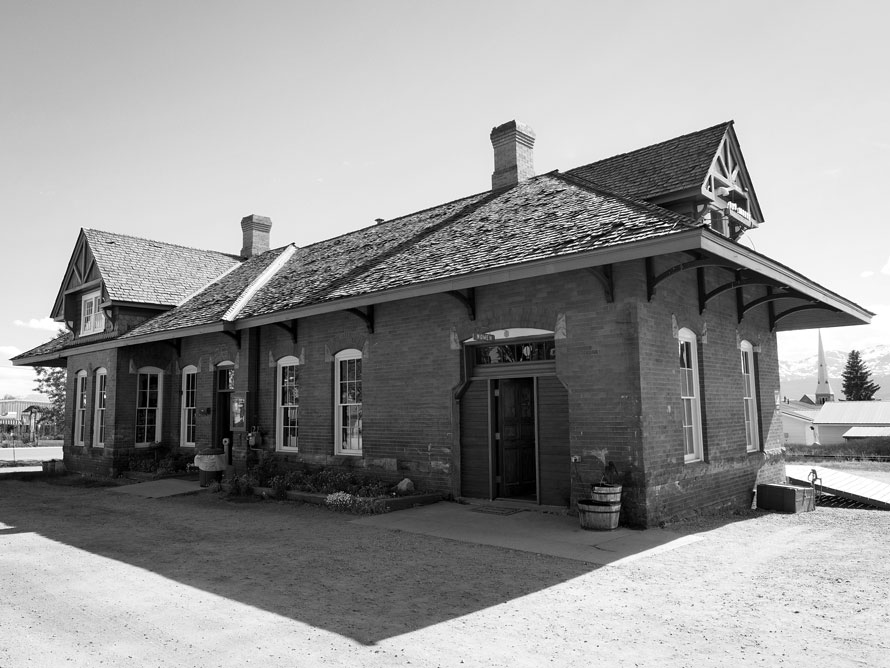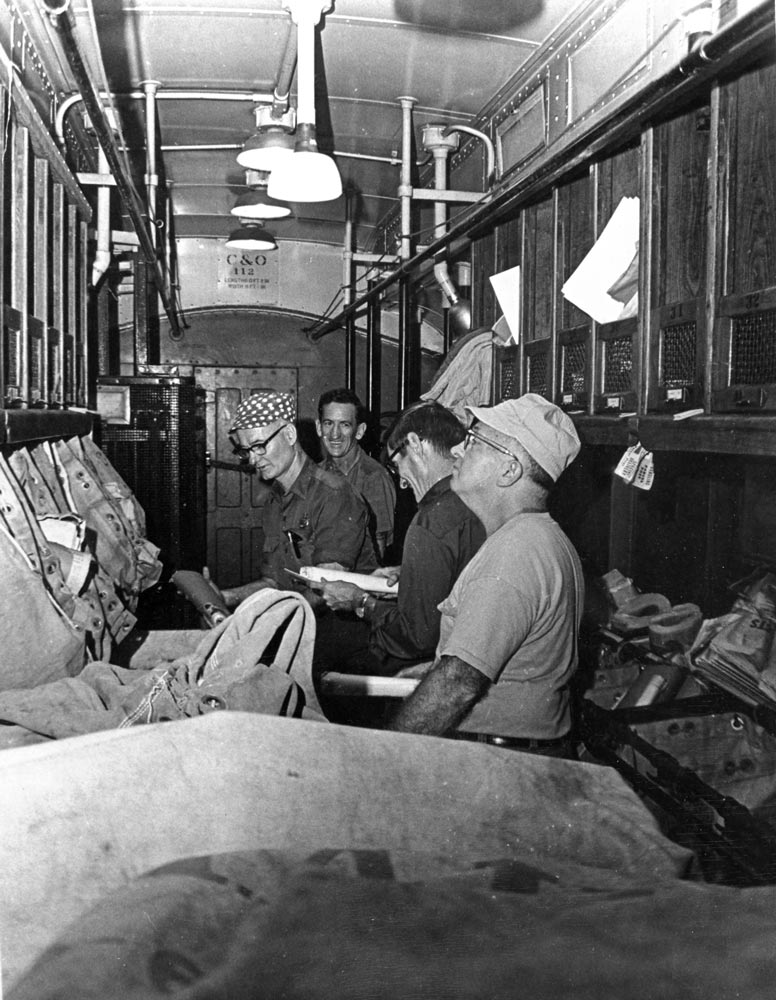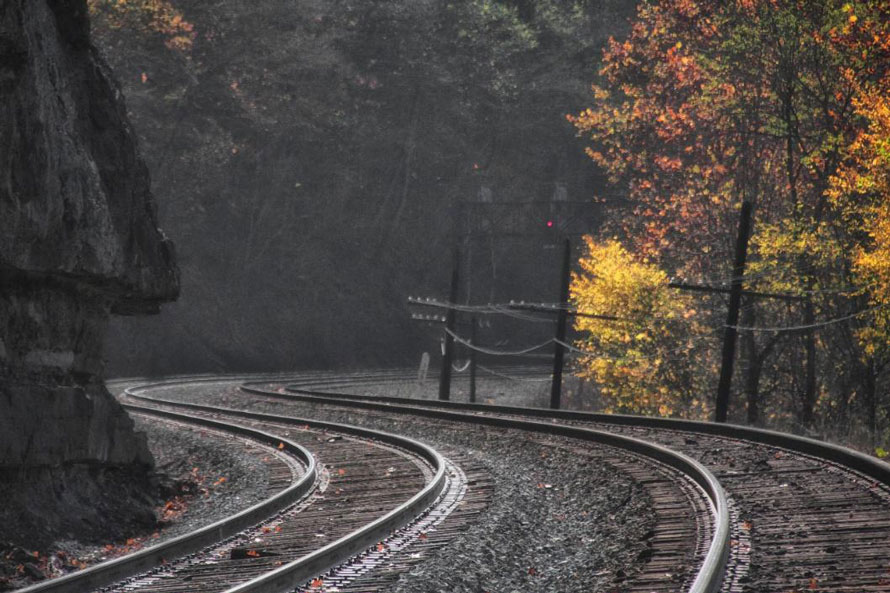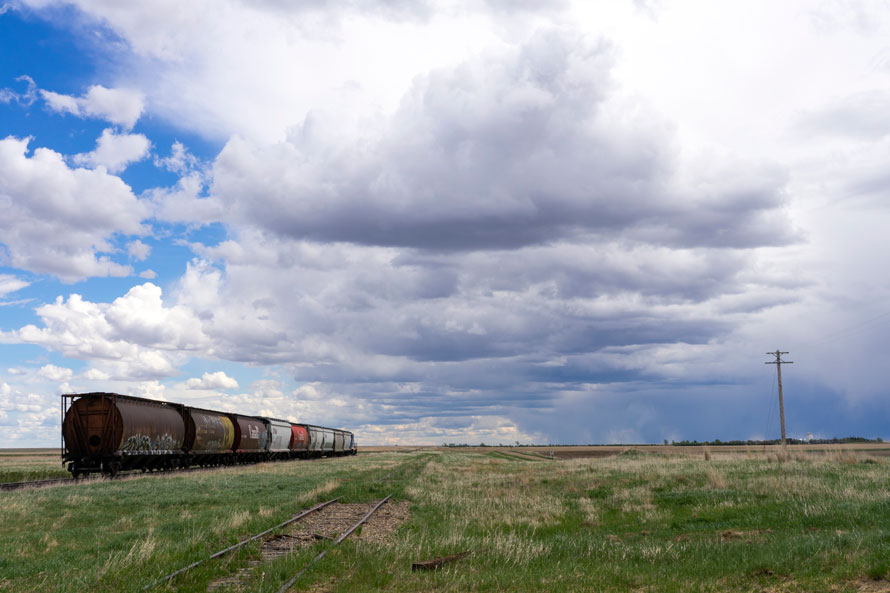Part Two
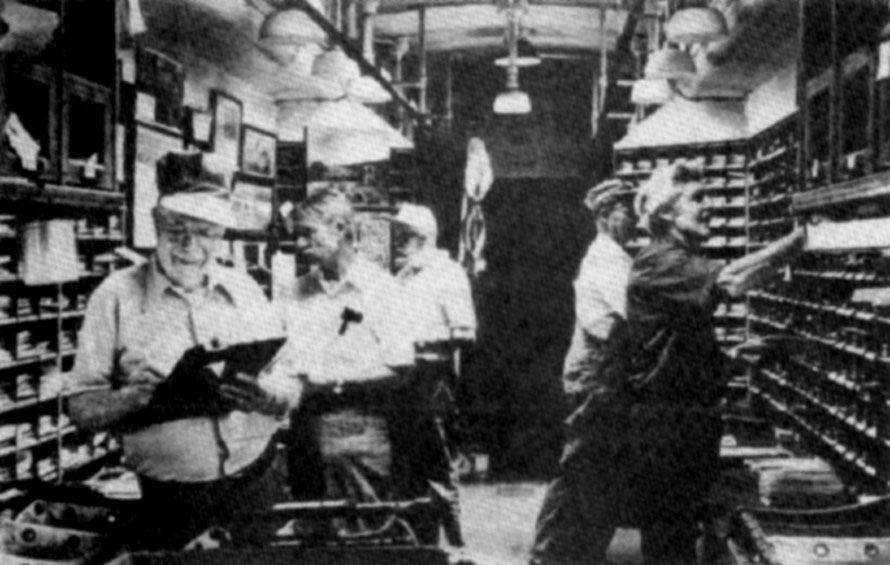
Standard 60‑Foot Full RPO Car (1928)
All 60‑foot RPO cars built after 1912 were of all‑steel construction. These cars were used for the distribution and handling of mail only; the interior had built‑in letter cases and pouch and paper racks, plus overhead boxes.
The cars were heated by steam heat, with long protected steam pipes along the baseboard on each side of the car, except near the doorways where there were large upright protected radiators. During the advance distribution of the mail at the initial terminal, the car’s steam line was connected to permanent terminal steam lines, when needed. En route, the steam was furnished by the locomotive, whether it was diesel or steam powered. Read more
